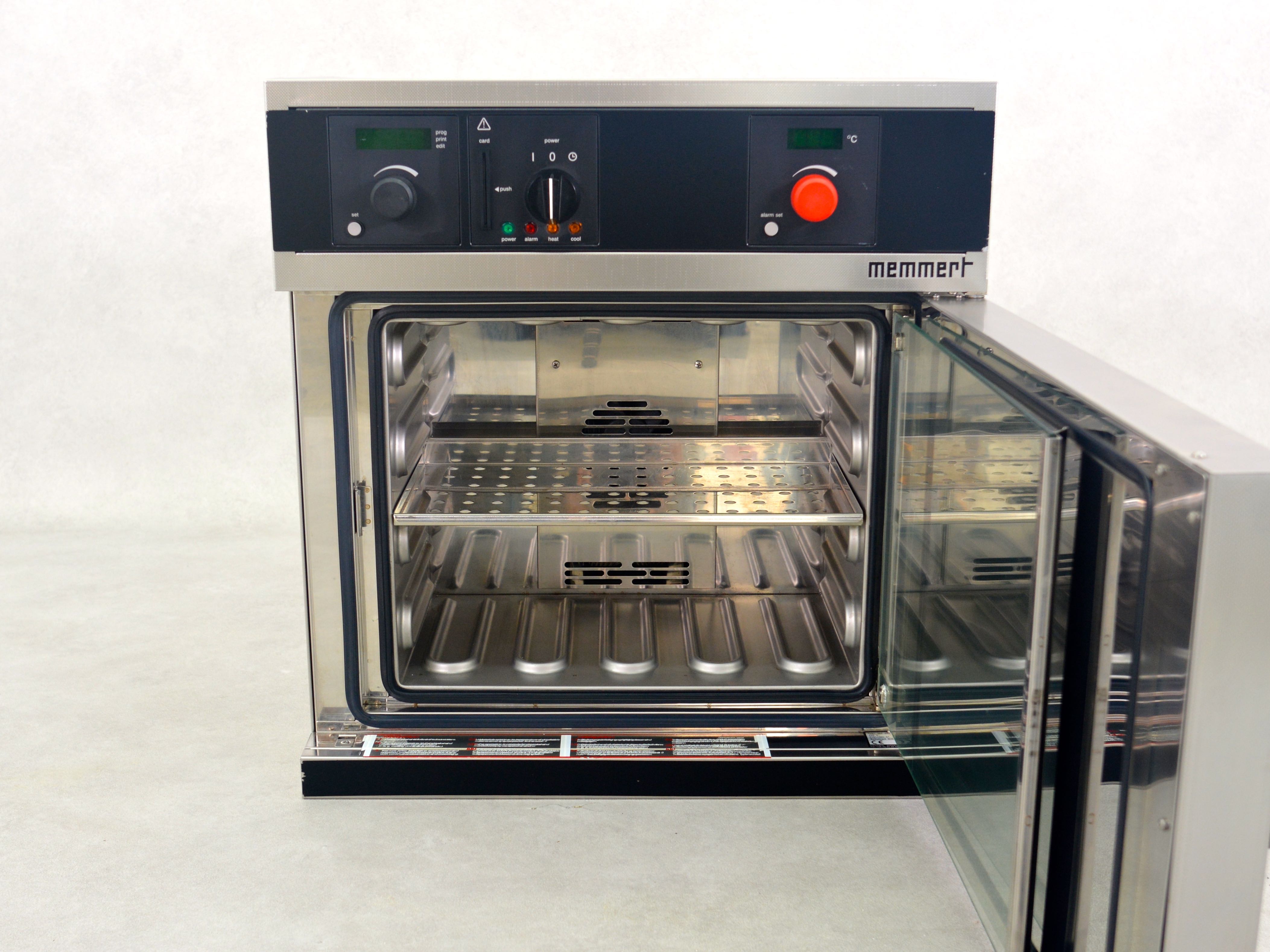
Both early Egyptian and Chinese incubators were essentially large rooms that were heated by fires, where attendants turned the eggs at regular intervals to ensure even heat distribution. Use of incubators revolutionized food production, as it allowed chicks to hatch from eggs without requiring that a hen sit on them, thus freeing the hens to lay more eggs in a shorter period of time. The earliest incubators were invented thousands of years ago in ancient Egypt and China, where they were used to keep chicken eggs warm. While many technological advances have occurred since the primitive incubators first used in ancient Egypt and China, the main purpose of the incubator has remained unchanged: to create a stable, controlled environment conducive to research, study, and cultivation. The incubator has also provided a foundation for medical advances and experimental work in cellular and molecular biology. History of the laboratory incubator įrom aiding in hatching chicken eggs to enabling scientists to understand and develop vaccines for deadly viruses, the laboratory incubator has seen numerous applications over the years it has been in use. This is important in the cultivation of mammalian cells, where the relative humidity is typically >80% to prevent evaporation and a slightly acidic pH is achieved by maintaining a CO 2 level of 5%. More elaborate incubators can also include the ability to lower the temperature (via refrigeration), or the ability to control humidity or CO 2 levels. For other organisms used in biological experiments, such as the budding yeast Saccharomyces cerevisiae, a growth temperature of 30 ☌ (86 ☏) is optimal. coli as well as for mammalian cells is approximately 37 ☌ (99 ☏), as these organisms grow well under such conditions. The most commonly used temperature both for bacteria such as the frequently used E. The simplest incubators are insulated boxes with an adjustable heater, typically going up to 60 to 65 ☌ (140 to 150 ☏), though some can go slightly higher (generally to no more than 100 ☌). Some incubators also regulate humidity, gas composition, or ventilation within that chamber. Incubators are essential for much experimental work in cell biology, microbiology and molecular biology and are used to culture both bacterial and eukaryotic cells.Īn incubator is made up of a chamber with a regulated temperature.

The incubator maintains optimal temperature, humidity and other conditions such as the CO 2 and oxygen content of the atmosphere inside.

Interior of a CO 2 incubator used in cell cultureĪn incubator is a device used to grow and maintain microbiological cultures or cell cultures.


 0 kommentar(er)
0 kommentar(er)
